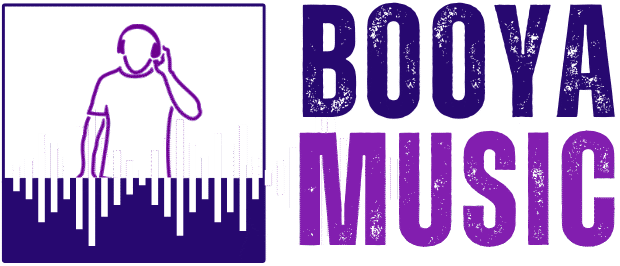If you’re tired of hearing the same old vocals looping over and over again in your music projects, then this tutorial is for you. It will show you some effortless ways to add reverb to vocals and other audio files, as well as some other audio editing tricks.
If you’re like most musicians, you’ve got a stack of songs sitting on the back burner, waiting to be released or recorded. With today’s software, you can easily add reverb, EQ, and other audio-editing tools to bring your songs to life. Whether you’re adding reverb to vocals or fixing an acoustic guitar or bass sound, there’s a tool out there for almost any job.
Why do you need to Add Reverb to Your Vocals and Other Audio Editing Tricks?
Vocals often get a bad rap in the industry because they’re not like instruments, which is why engineers spend so much time perfecting them. But if you’re an aspiring singer or musician, adding reverb to your voice can take your tracks to the next level. And if you watch a lot of music videos, you are sure to notice that reverb is often used heavily in them.
Reverb is one of the essential tools in audio editing, and it’s a must-have for any studio or bedroom producer. All the modern-day home recording equipment and software plugins have a setting called reverberation, and it is used to add space, make the sound louder/smaller, or make it sound as if it is coming from a different space. However, it can sound a little artificial at times, so how can you add a reverb closer to your original recording?
There is a reason why some studios and musicians use reverb in their audio. It adds dimension, depth, and body to the sound. However, most of us don’t have the funds to hire an audio engineer or a studio with a full studio band setup, so we need to figure out how to add the reverb ourselves. There are a variety of ways to do this, and it all comes down to the way we use our microphone or other sources to collect the audio.
How To Use These Audio Editing Tricks?
Reverb is a popular audio effect that’s useful for all kinds of things, including giving yourself a nice-sounding vocal booth, adding depth to drums, clipping distortion to electric guitars, and even creating the illusion of depth in your entire mix. It may not be as glamorous as other tricks, but it’s a key one to know.
There are many creative ways to add reverb to your vocals, whether in recording studios, on stage, or in your bedroom. The most common way is to use plugins and bass bins. But what if you don’t have access to a studio or can’t afford such an expensive piece of equipment? If you have experience with sound editing software and know your way around the basic tools, you can do things like adding reverb to vocals that way.
What Difference Does Reverb Make to Your Vocal?
Reverb, an effect that makes a sound bigger in space, can be used to make any instrument sound bigger, and usually, it is used on vocals. But it can be used on anything, including guitar, drums, bass, or other instruments. In fact, you can use reverb to add realism to any audio and gain more power and flexibility in the process.
Why Is Reverb Important to Your Recording Vocals?
One of the first sound effects you should use when recording vocals is reverb. This is because the human voice is an extraordinarily complex instrument, and if you want to make it more present in the recording, reverb is a great way of doing so. It is surprisingly easy to make your vocals sound more ‘real’ by using reverb, so if you haven’t already, I recommend you try it out.
Conclusion
For those of you who love to record vocals and any other kind of audio recording, there is a tool that can help you out. You can use reverb, a studio effect, to get a better sound when you are singing. While most people know reverb is a kind of echo, some other techniques of using reverb are not widely used or even known by some.
